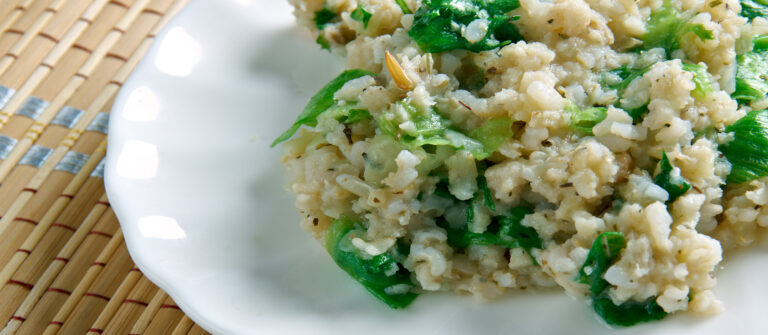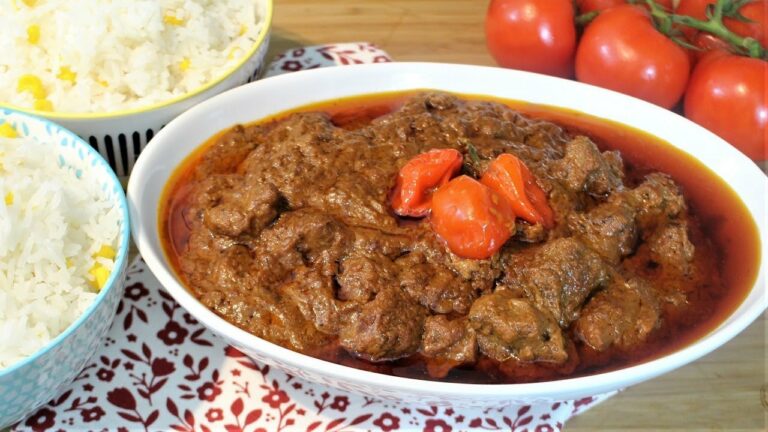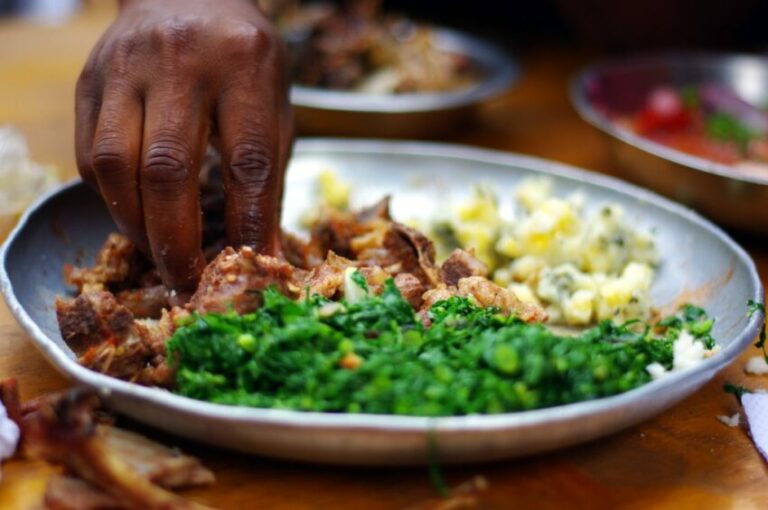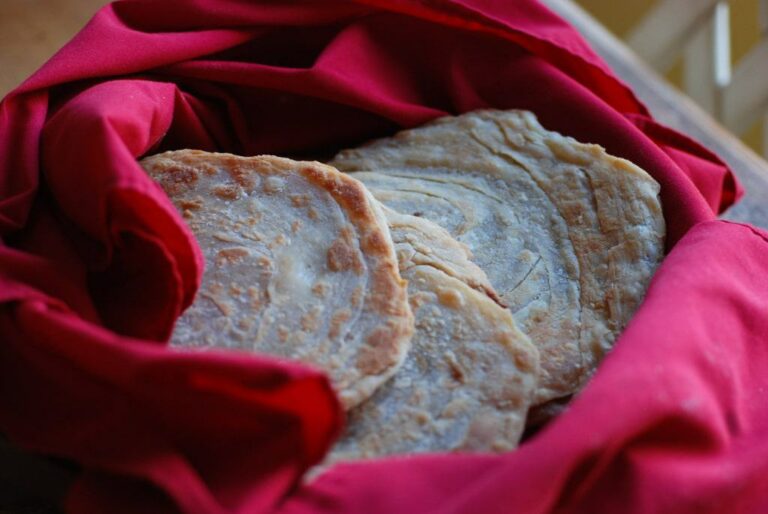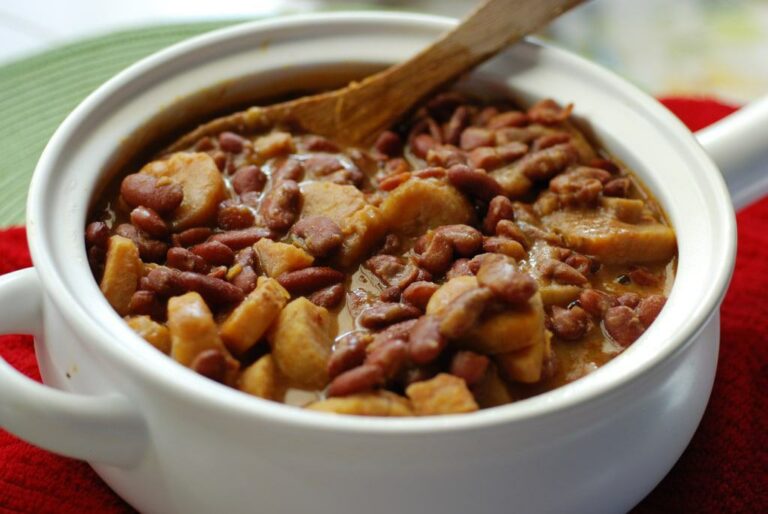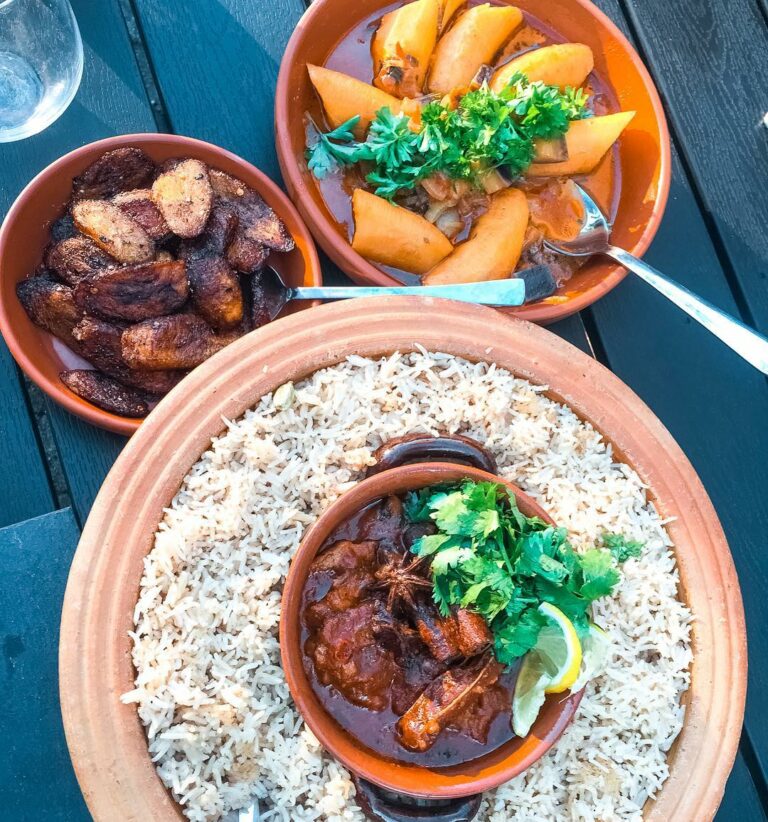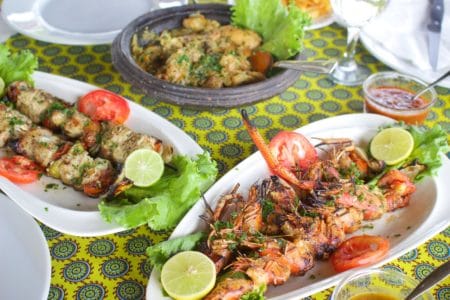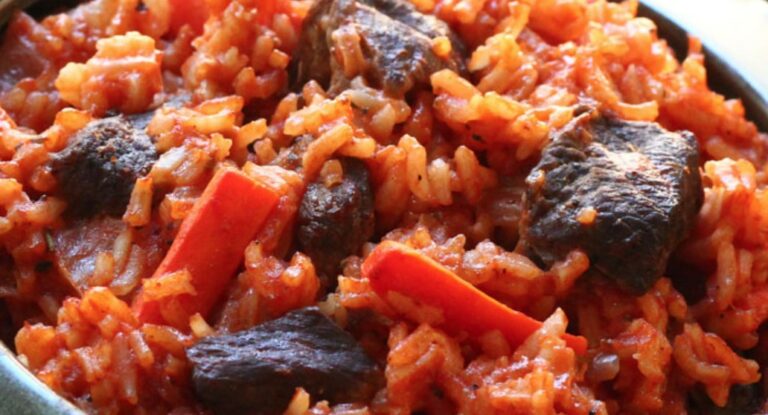Introduction: The Cuisine of Burkina Faso
The West African country of Burkina Faso may not be known for its cuisine on the global stage, but its dishes are a delicious representation of its cultural heritage. The cuisine of Burkina Faso is heavily influenced by its neighboring countries and colonial history. The traditional dishes of Burkina Faso consist of starchy staples, bold spices, and diverse proteins.
The International Appeal of Burkina Faso’s Cuisine
Burkina Faso’s cuisine may not have a significant presence in the international scene, but it has potential to be recognized for its unique taste and blend of ingredients. While it may not be as widely popular as other West African cuisines like Senegalese or Nigerian, some dishes from Burkina Faso have gained international attention.
Fufu: The Staple Dish of Burkina Faso
Fufu is a ubiquitous dish in West African cuisine, and Burkina Faso is no exception. It is a starchy side dish made from cassava, yam, or plantain that is pounded into a smooth, elastic dough. Fufu is typically eaten with sauces, stews, or soups. In Burkina Faso, fufu is often served with peanut butter sauce or tomato-based sauces with meat, vegetables, and spices.
Tô: A Popular Cousin of Fufu with Global Appeal
Tô is a variation of fufu that is made from millet flour. It is a popular dish in Burkina Faso and other West African countries such as Mali and Niger. Tô is often served with the iconic peanut sauce found in Burkina Faso’s cuisine, or other sauces made with okra or baobab leaves. Tô has gained some international recognition and has been featured in restaurants specializing in African cuisine.
Yams and Rice: Other Common Burkina Faso Dishes
Yams and rice are two other common staples in Burkina Faso’s cuisine. Yams are often boiled or fried and served as a side dish with stews or sauces. Rice is often served with tomato-based sauces or stews with meat and spices. While these dishes may not have significant international appeal, they are beloved by the people of Burkina Faso and are an important part of their food culture.
Peanut Sauce: A Signature Flavor of Burkina Faso
Peanut sauce is one of the signature flavors of Burkina Faso’s cuisine. It is a rich, nutty sauce made from ground peanuts, tomatoes, onions, and spices. Peanut sauce is often served with fufu, tô, or rice, and pairs well with a variety of proteins such as chicken, beef, or goat. This sauce has gained some international appeal and has been featured in some African and fusion restaurants.
Baobab and Hibiscus: Unique Ingredients of Burkina Faso
Baobab and hibiscus are two unique ingredients found in Burkina Faso’s cuisine. Baobab is a fruit with a tangy, citrusy flavor that is often used in drinks and syrups. Hibiscus is a flower with a tart, cranberry-like flavor that is used to make a refreshing tea. Both ingredients are used in traditional dishes and drinks in Burkina Faso and have the potential for broader appeal due to their unique flavors.
Conclusion: Burkina Faso’s Delicious Cuisine Deserves Recognition
Burkina Faso’s cuisine may not be as well-known as other West African cuisines, but it has a unique and delicious flavor profile. The starchy staples, bold spices, and diverse proteins are a reflection of the country’s cultural heritage. While some dishes like fufu and peanut sauce have gained some international attention, Burkina Faso’s cuisine deserves more recognition for its delicious flavors and unique ingredients.


